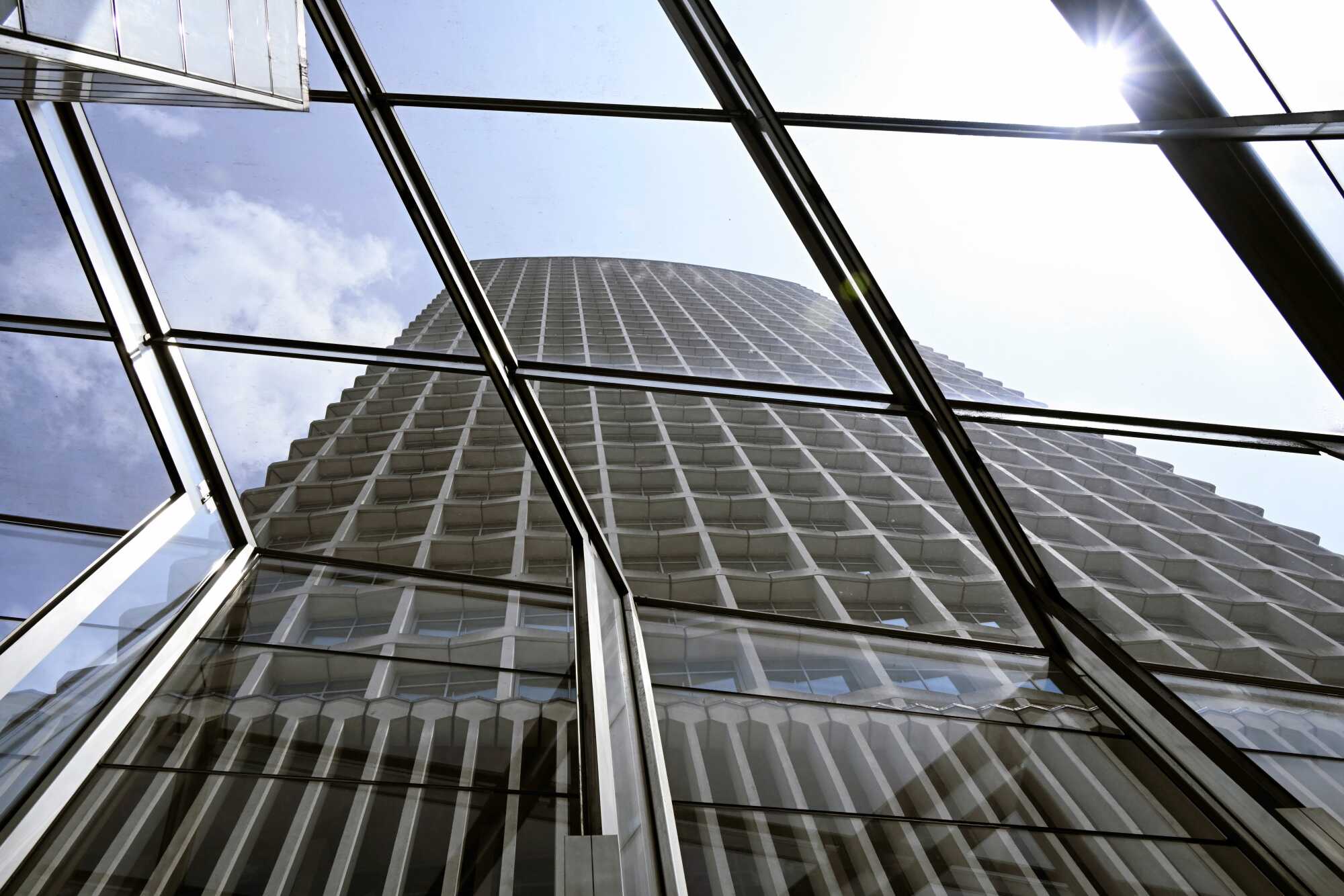Upper Tribunal confirms scope of “cladding remediation” under the Building Safety Act 2022
9th October 2025
Get in touch today
Call 01435 897297
Email info@kdllaw.com
9th October 2025

The issue of unsafe cladding on residential buildings continues to gain significant attention in the UK. The Building Safety Act 2022 (“BSA”) of course brought in protections for qualifying leaseholders such that they would not be required to contribute towards the costs for cladding remediation. But what amounts to “cladding remediation”? This was an issue considered by the Upper Tribunal in the recent case of Almacantar Centre Point Nominee No.1 Ltd & Anor -v- Penelope de Valk & Ors [2025] UKUT 298 (LC).
Background
Centre Point House (“CPH”) is a residential development in Central London, neighbouring the infamous Centre Point Tower. CHP consists of six residential storeys of 36 duplex flats, which interlock with each other 'Tetris'-like in a stepped-L pattern. The building has a hardwood timber-framed façade and single-glazed windows above spandrel panels, which was found to be inherently defective when installed, but has also deteriorated over time.
The freeholder, Almacantar Centre Point Nominee No.1 Ltd (“Almacantar”), therefore proposed a scheme of remedial works to address the condition of the defective façade and proposed to put the cost of which to the service charge for all leaseholders to contribute. Almacantar made a pre-emptive application to the First-Tier Tribunal (“FTT”) for a determination as to the reasonableness and recoverability of the costs for the proposed works, under Section 27A(3) of the Landlord and Tenant Act 1985.
The FTT’s decision
A number of leaseholders sought to argue before the FTT that Almacantar has no right to carry out the works under the leases, and as such no service charge was payable for the proposed works. The FTT rejected this argument and found that the works did fall within Almacantar’s repairing obligations such that a service charge would, in theory, be payable.
However, the FTT found that a number of leaseholders were entitled to rely upon the leaseholder protections in Schedule 8 of the BSA, specifically Paragraph 8, which provides as below :-
"(1) No service charge is payable under a qualifying lease in respect of cladding remediation.
(2) In this paragraph “cladding remediation” means the removal or replacement of any part of a cladding system that—
(a) forms the outer wall of an external wall system, and
(b) is unsafe"
The FTT held that the panels and windows formed part of an unsafe “cladding” system.
Almacantar appealed to the Upper Tribunal (“UT”) on a number of grounds, arguing that the FTT was wrong to find that the proposed works fell within the scope of “cladding remediation” in Paragraph 8 of Schedule 8. Almacantar argued that the FTT was wrong to find that the external façade was part of a cladding system, but in any event the proposed works needed to be remediating a “relevant defect” within the meaning of the BSA, in order for the works and costs to come within the leaseholder protections. Further, for cladding to be “unsafe” within the meaning of Paragraph 8 it had to pose a fire risk.
The UT’s decision
The UT disagreed and upheld the FTT’s decision, finding:
The BSA contains no definition of “cladding” and whether the building contains cladding is a question of fact. The FTT had considered various technical definitions of the term cladding and had heard evidence over a period of five days, including from experts, and had carried out a site visit. There was no reason for the UT to depart from the FTT’s decision that the façade was made up of “cladding”, as that was an assessment the FTT was “clearly” entitled to make on the evidence.
The FTT was right to find that the proposed scheme of works fell within the scope of “cladding remediation”.
Paragraph 8 of Schedule 8 does not use the words "relevant defect" or "relevant measures”. Remediation of unsafe cladding was to be treated differently to remediation of relevant defects, and therefore it was not subject to the 30 year limitation period that applies to relevant defects.
The FTT was right to find that, for cladding to be “unsafe”, it was something more than out of repair, and that the word "unsafe" must be given its ordinary and natural meaning.
As such, Almacantar was unable to pass on the full cost of proposed works to qualifying leaseholders, due to the restrictions imposed by Paragraph 8 of Schedule 8.
Conclusion
Whilst the question of whether a building is considered to have cladding will be one of fact in any given case, it seems the FTT is not prepared to give an overly restrictive definition to the term "cladding". The decision therefore goes to support the government’s stated intention when introducing the BSA, of protecting leaseholders from the financial burden of remediating unsafe cladding safe, regardless of the age or type of cladding involved.
The decision reinforces the principle that landlords are primarily responsible for ensuring the safety of their buildings. This includes taking proactive measures to rectify any known issues related to cladding and other safety concerns regardless of their ability to recover the associated costs.
Disclaimer
This Legal Update describes the position in law as at the date of this article and care should be taken to note any subsequent amendments to the position as set out above. The Legal Update is provided free of charge for information purposes only; it does not constitute legal advice and should not be relied on as such. No responsibility for the accuracy and/or correctness of the information and commentary set out in the article, or for any consequences of relying on it, is assumed or accepted by any member of KDL Law or by KDL Law as a whole.
Sign up to receive FREE regular Legal Updates by email